Are you aware that your pillowcase can cause acne, and might be secretly sabotaging your skincare efforts? Amidst the hustle and bustle of our daily lives, we often overlook the potential influence of this seemingly harmless material of your pillowcase on our skin health.
But fear not, we will be uncovering the hidden truths behind your pillowcase fabric and its impact on acne.
We will explore practical tips, dig into scientific insights, and consider holistic skincare approaches to ensure that our pillowcases become allies in our quest for clearer, healthier skin.
How does Acne form?
Now, before we dive deeper into the pillowcase mystery, let’s take a moment to understand acne itself.
Acne is a bit tricky. It’s not just about those occasional pesky pimples that pop up at the most inconvenient times—it’s a complex skin condition that can affect us in various ways.
So, what exactly is acne? Well, it’s essentially a result of our pores getting clogged with a buildup of oil, dead skin cells, and acne-causing bacteria.
These clogged pores can then become inflamed, leading to those dreaded red bumps and whiteheads that seem to have a knack for appearing right before an important event.
But acne isn’t just about what’s happening on the surface of our skin—it’s also influenced by what’s going on inside our bodies. Hormones, for example, are a contributing factor in acne development, especially during puberty when our hormone levels fluctuate like crazy.
And let’s not forget about the role of genetics. Yep, you can thank your parents for passing down those lovely acne-prone genes. But while genetics may predispose us to acne, they don’t necessarily seal our fate. We can keep those pesky pimples at bay with the right skincare habits.
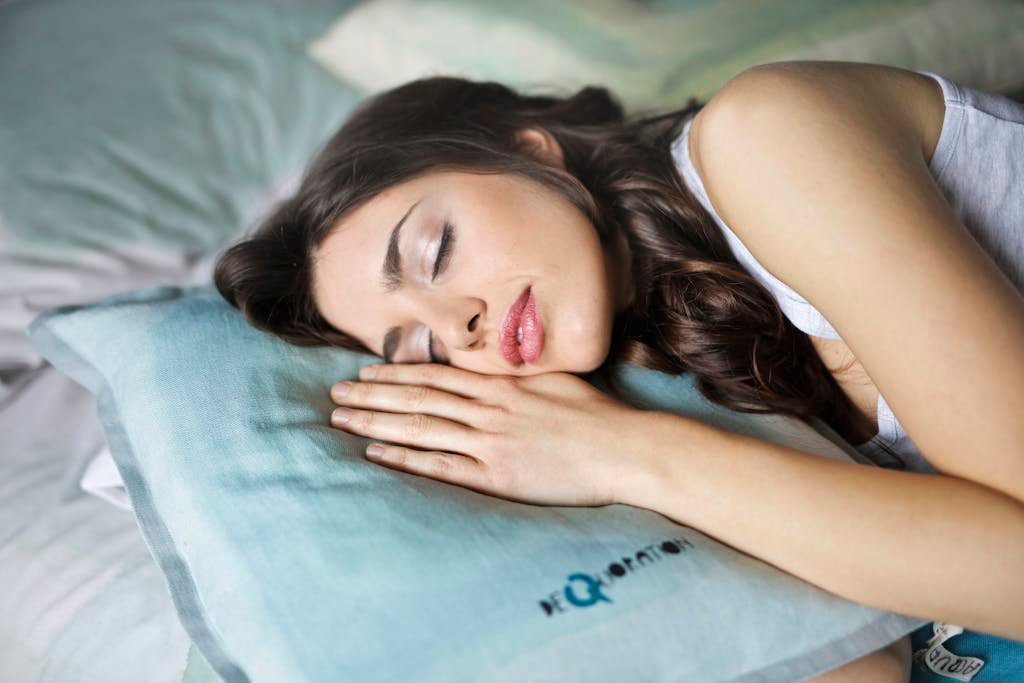
Exploring the Science of whether pillowcase can cause acne
Did you know that your pillowcase could be harboring all sorts of dirt, oil, and bacteria from your skin? It’s true. And when we lay our heads down on these dirty pillowcases night after night, we’re essentially smothering our skin in pore-clogging nasties.
But it’s not just about how dirty our pillowcases are—it’s also about the material they’re made of. Some fabrics, like cotton pillowcases, are more absorbent than others, meaning they can soak up oils and bacteria more easily.
Numerous studies conducted by dermatologists and skincare experts have shed some light on this relationship.
According to research published in the Journal of Cosmetic Dermatology, pillowcases can serve as reservoirs for bacteria, oils, and dead skin cells, fostering an environment conducive to acne development.
These findings are further supported by research from the American Academy of Dermatology (AAD), which highlights the significance of environmental factors in acne pathogenesis.
When we sleep on these absorbent pillowcases, we’re essentially inviting all that gunk to settle into our pores, leading to—you guessed it—more breakouts in the long run.
Contributing Factor of Acne from Pillowcase
1. Friction and Fabric Absorption:
Researchers emphasize that factors such as friction from coarse pillowcase fabrics and the absorption capacity of materials like cotton can exacerbate acne, also known as Acne Mechanica.
A study published in the Journal of the European Academy of Dermatology and Venereology found that rough pillowcase fabrics can increase friction on the skin, leading to irritation and inflammation, which are precursors to acne formation.
2. Hygiene Practices:
Inadequate hygiene practices, including infrequent pillowcase washing, can also contribute to acne. The American Academy of Dermatology recommends washing pillowcases at least once a week to minimize bacterial buildup and reduce the risk of acne flare-ups.
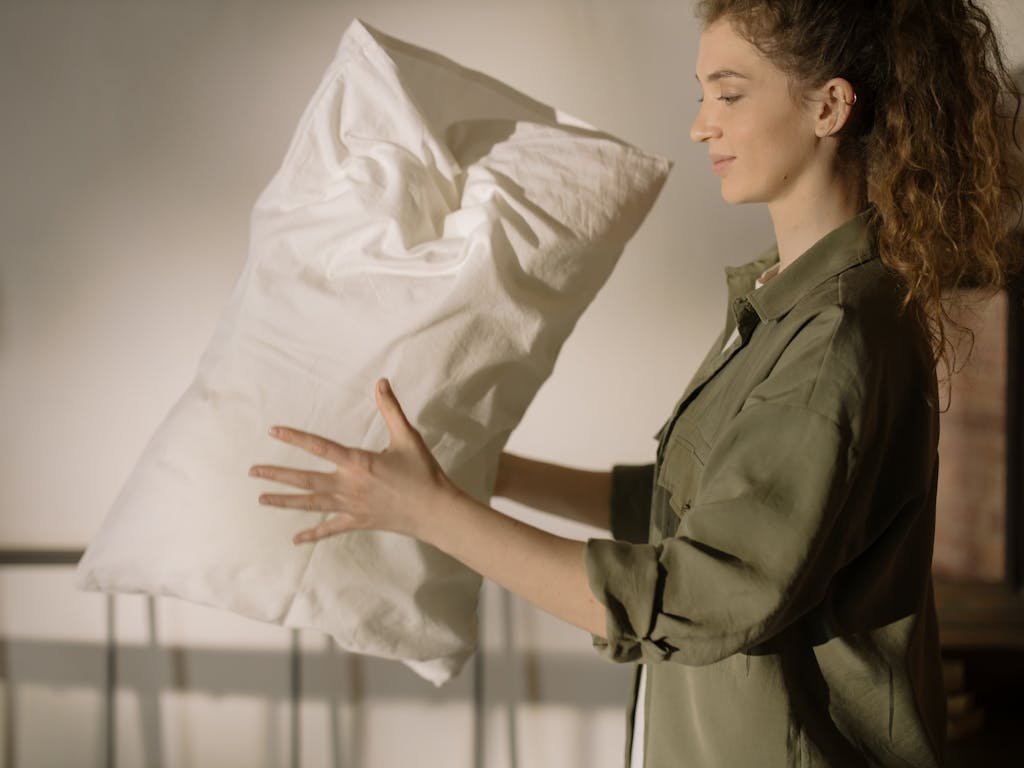
Tips for Pillowcase Hygiene
Maintaining clean pillowcases is key to reducing the risk of acne. Here are some practical tips to keep your pillowcases fresh and your skin clear:
1. Regular Washing: Make it a habit to wash your pillowcases regularly. Aim for at least once a week, or more frequently if you have oily or acne-prone skin. Use a gentle, fragrance-free detergent to avoid irritating your skin.
2. Choose the Right Material: Opt for pillowcases made from hypoallergenic or antimicrobial properties, especially if you have sensitive or acne-prone skin. Satin and silk pillowcases are gentle on the skin and less likely to trap bacteria and oils. Mulberry silk is a great option.
3. Rotate Pillowcases: Having multiple sets of pillowcases on hand, is a good idea. This allows for frequent rotation and helps to have a fresh, clean surface to rest your head on every night.
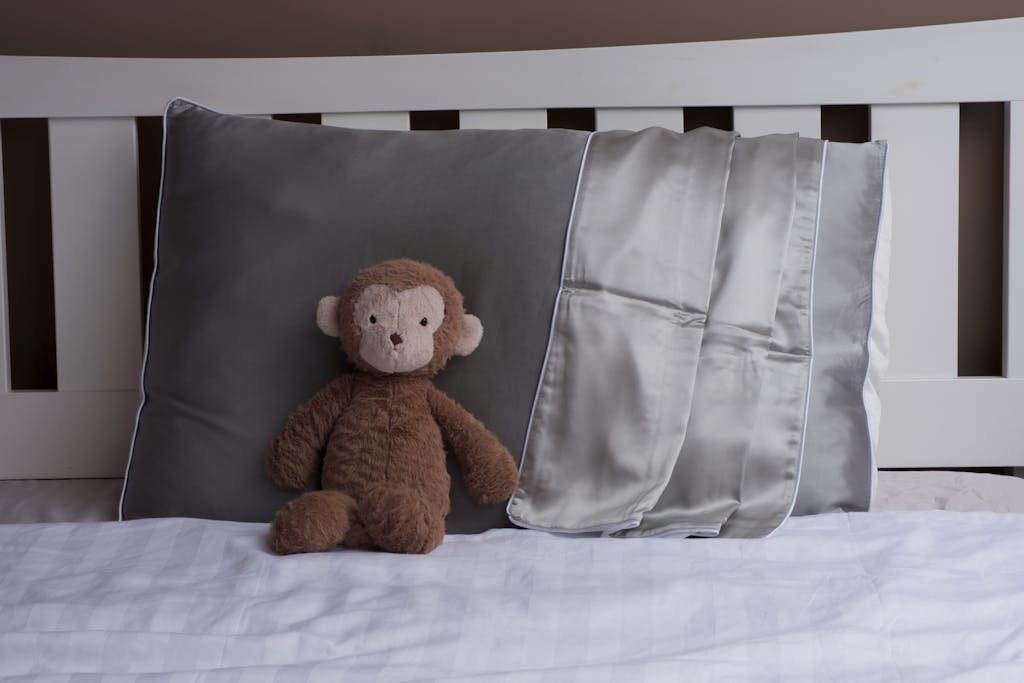
Benefits of Silk Pillowcase for Acne
When it comes to achieving clearer skin, your pillowcase material can make a significant difference. And if you’re serious about keeping those breakouts at bay, consider investing in pillowcases made from more skin-friendly materials, like silk or satin. Trust me, your skin will thank you for it.
Silk pillowcases have gained popularity for their potential benefits, especially for those struggling with acne. Here are some reasons why switching to a silk pillowcase might be a game-changer for your skin:
1. Reduced Friction:
Silk has a smooth, luxurious texture that causes less friction against your skin compared to cotton or other rougher fabrics. Reduced friction means less irritation and inflammation, which can help prevent acne breakouts and minimize skin damage.
2. Hypoallergenic Properties:
Silk is naturally hypoallergenic. It resists common allergens such as dust mites, mold, and fungus, making it an excellent choice for those with sensitive or acne-prone skin. This can help reduce the likelihood of allergic reactions and skin irritation.
3. Moisture Retention:
Unlike cotton, which can absorb and retain oils and moisture from your skin and hair, silk helps maintain your skin’s natural moisture balance. This can prevent your skin from becoming overly dry or oily, both of which can contribute to acne.
4. Antimicrobial Benefits:
Some silk pillowcases are treated to be antimicrobial, helping to reduce the presence of acne-causing bacteria on the surface of your pillowcase. This can lead to fewer breakouts and promote a clearer complexion.
5. Temperature Regulation:
Silk is a naturally breathable fabric that helps regulate temperature. It stays cool in the summer and warm in the winter, providing a comfortable sleeping environment that can reduce sweating and oil production.
6. Improved Skin Absorption of Skincare Products:
Because silk doesn’t absorb as much moisture, the skincare products you apply before bed are more likely to stay on your skin, allowing them to work effectively throughout the night. This can enhance the benefits of your nighttime skincare routine and contribute to healthier, clearer skin.
Other Factors to Consider
Sleeping Position and Hair Care Routines:
Your sleeping position and hair care habits can significantly influence acne development. Here’s what to keep in mind:
1. Sleeping Position Impact:
Sleeping on your stomach or side may cause friction between your skin and the pillowcase, leading to skin irritation and breakouts. To minimize this risk, try to sleep on your back whenever possible.
2. Hair Care Products:
Hair products such as gels, oils, and styling creams can transfer onto your pillowcase and clog pores, worsening acne. Consider tying your hair up or using a hair wrap to prevent products from contacting your face.
Conclusion
In wrapping up, it’s evident that our pillowcases play a more significant role in skincare than we might have realized. By maintaining clean pillowcases, choosing the right materials, and considering additional skincare factors, we can significantly reduce the risk of acne flare-ups.
By addressing diet, stress management, and seeking professional treatments when needed, we can optimize our efforts to achieve clear, healthy skin. Remember, skincare is not just about what products we use—it’s about our habits and lifestyle choices too.
So, let’s prioritize our skin health and make the necessary adjustments to ensure that our pillowcases are working for us, not against us. Here’s to clearer skin and better nights’ sleep!

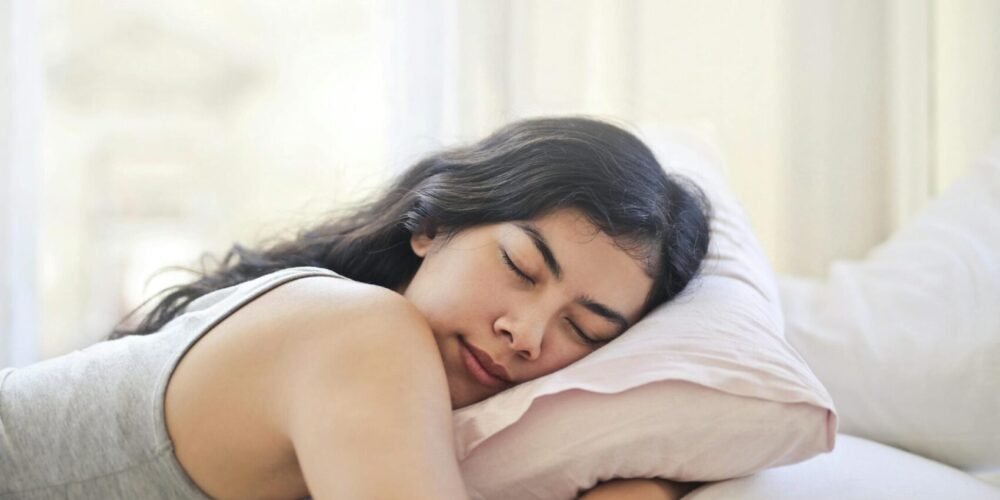
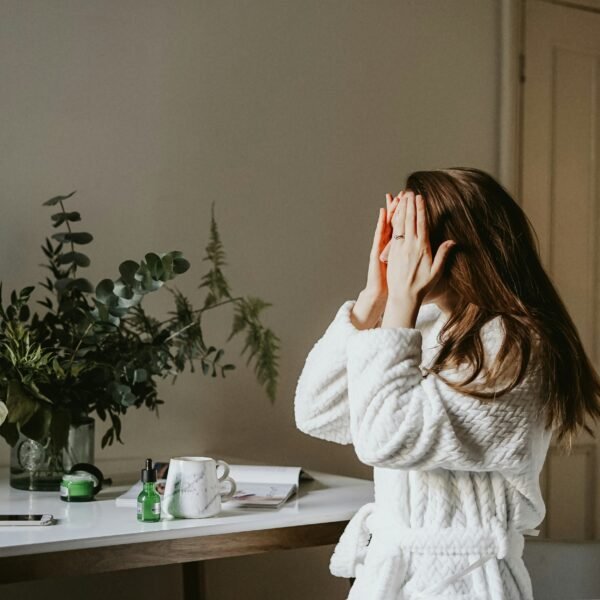
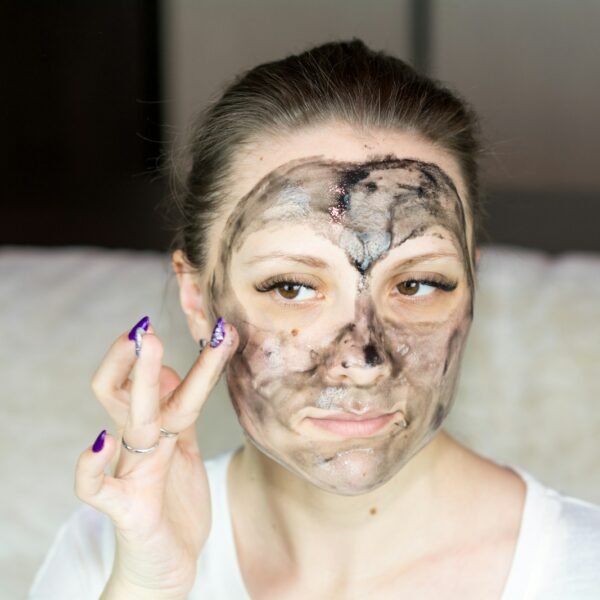
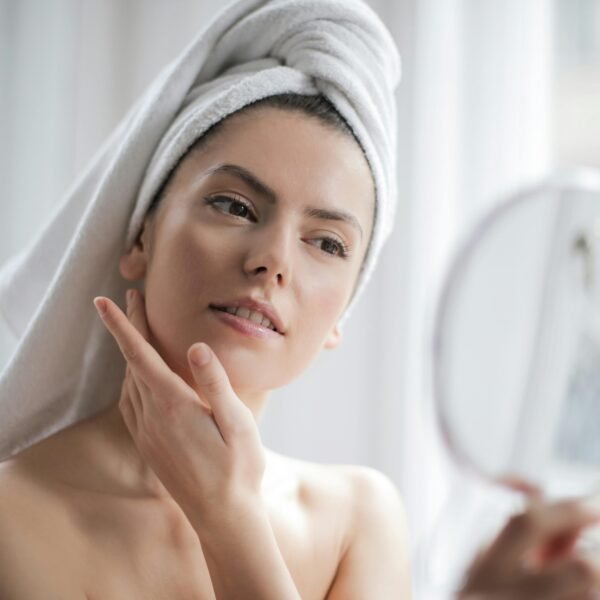
Leave a Reply